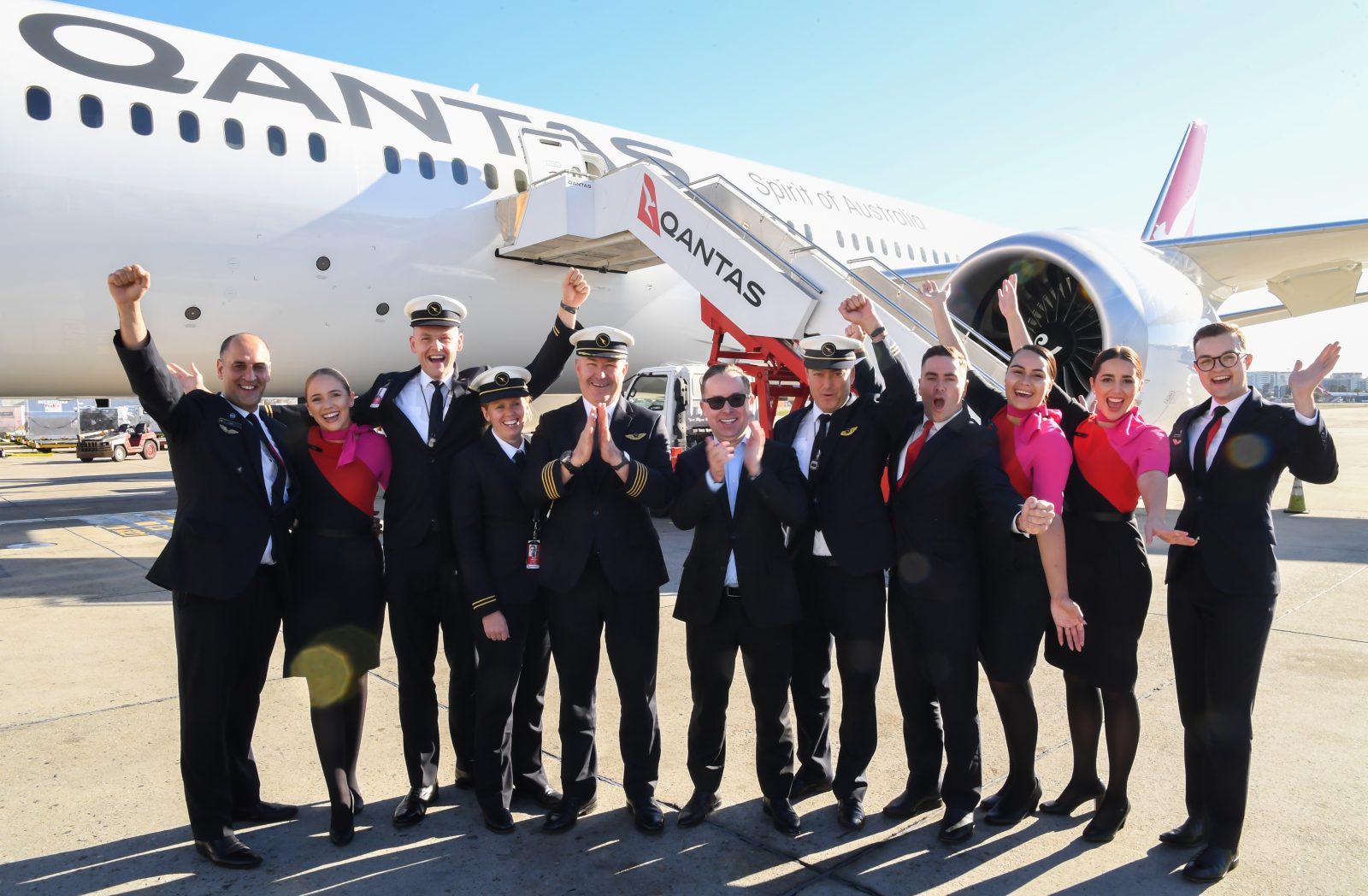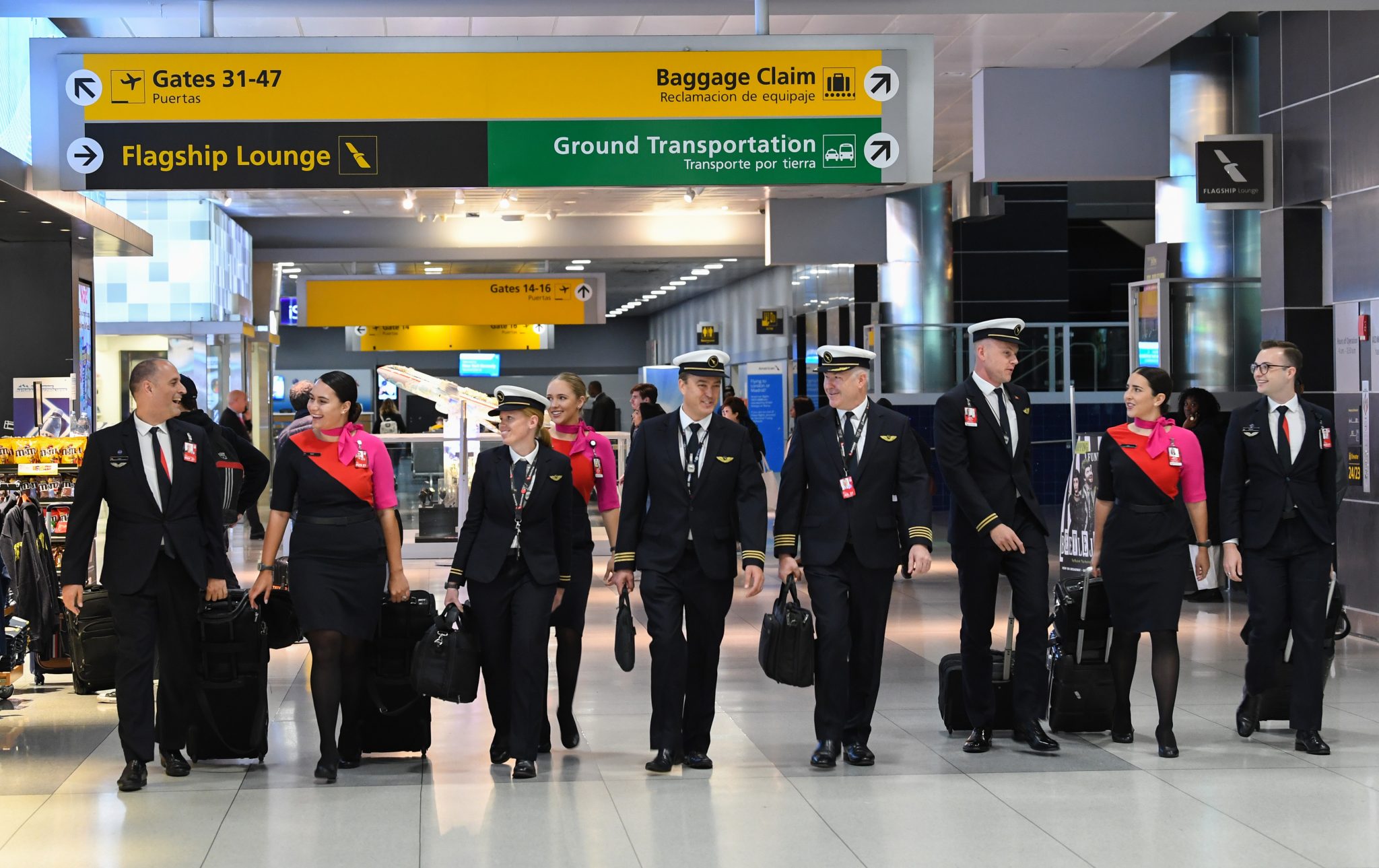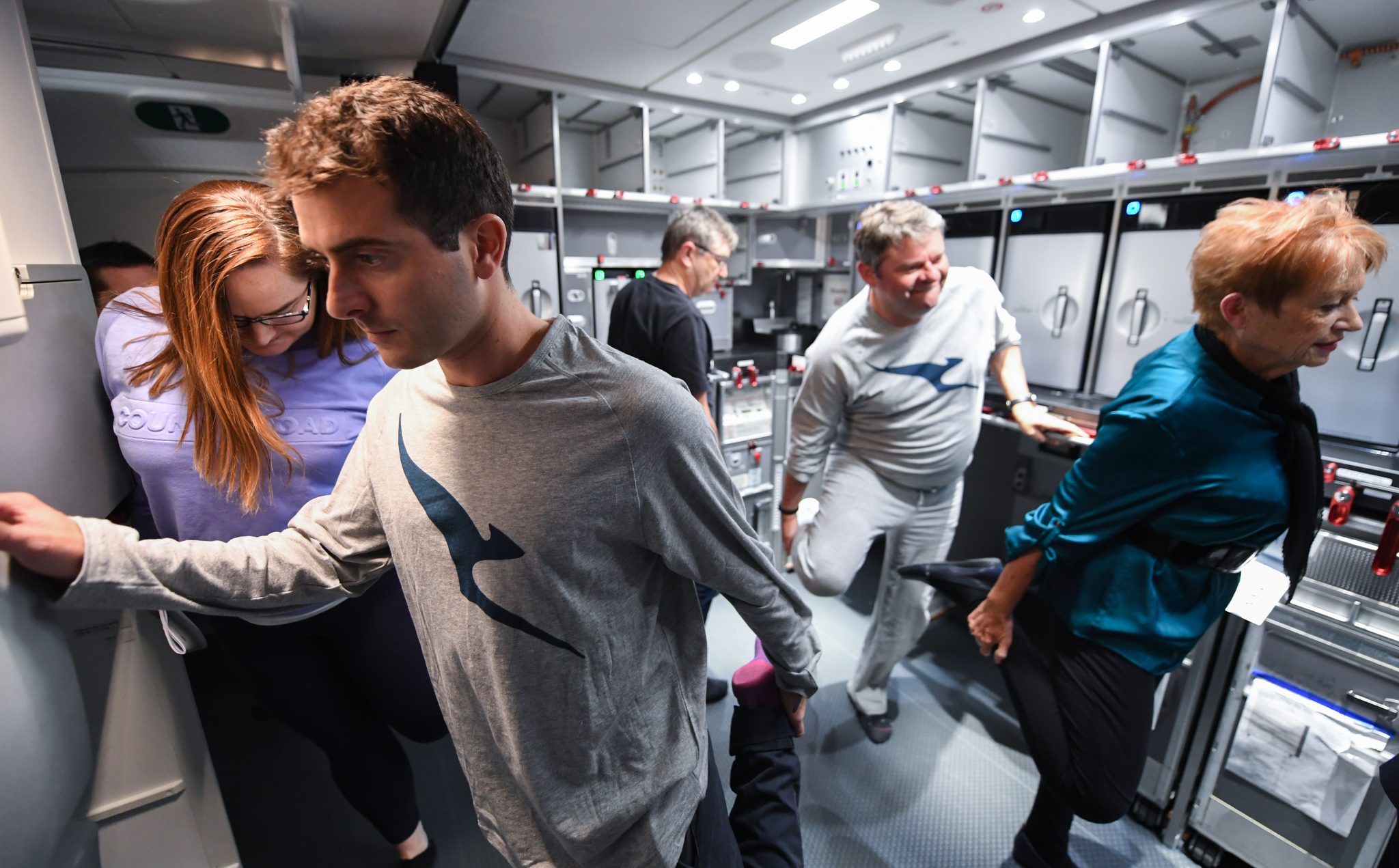
A new record has been set – after 19-hours and 16-minutes in the air, the very first non-stop commercial flight between New York and Sydney touched down safely on Sunday morning. Onboard the special Qantas research flight were just 50 passengers and crew who were putting the airline’s ultra-long-haul business strategy, dubbed Project Sunrise, to the ultimate test.
The flight was operated by a newly delivered Boeing 787-9 that Qantas positioned from the delivery center in Seattle for this special mission. The aircraft wouldn’t ordinarily have the range to operate the 16,200 kilometres (10,200 miles) flight from New York to Sydney but with less than a quarter of the plane’s normal capacity, no cargo and as much fuel as the plane could carry it managed the gruelling flight.

The aircraft will now go into service on Qantas’ existing route network – including the 17-hour jaunt between Perth, Western Australia and London – while researchers and company executives review the results from today’s experiment. To help them, many of the passengers, as well as crew, were fitted with a variety of sensors to monitor their vital signs during the flight.
According to the airline, tests ranged from monitoring pilot brain waves, melatonin levels and alertness, through to exercise classes for passengers.
“We know ultra long haul flights pose some extra challenges but that’s been true every time technology has allowed us to fly further. The research we’re doing should give us better strategies for improving comfort and wellbeing along the way,” explains Alan Joyce, the chief executive of Qantas who has been pushing the airline to embrace a new era of ultra-long-haul flying.
“After 19 hours on this flight, I think we’ve gotten this right. It feels like we’ve been on a flight a lot shorter than that,” Joyce told a waiting media pack at Sydney airport this morning.

The first in a series of three research flights was mostly made up of Qantas employees who ‘played’ the part of passengers – although Qantas did invite six (un)lucky frequent flyers to also join the flight. The next research flight will see Qantas operate a non-stop flight between London and Syndey in November, before repeating the New York – Sydney flight in December.
The research flights coincide with new aircraft deliveries that Qantas is diverting for the tests. All emissions are being offset by the airline.
“The flight went really smoothly. Headwinds picked up overnight, which slowed us down to start with, but that was part of our scenario planning. Given how long we were airborne, we were able to keep optimising the flight path to make the best of the conditions,” explained Captain Sean Golding.
“We had a lot of interest from air traffic controllers as we crossed through different airspace because of the uniqueness of this flight.”
Qantas is currently looking at pitches from both Boeing and Airbus and is expected to make a final decision on whether to go ahead with Project Sunrise by the end of this year. If the project gets final approval, expect these marathon flights to become a regular fixture of Qantas schedules by 2022.
Mateusz Maszczynski honed his skills as an international flight attendant at the most prominent airline in the Middle East and has been flying ever since... most recently for a well known European airline. Matt is passionate about the aviation industry and has become an expert in passenger experience and human-centric stories. Always keeping an ear close to the ground, Matt's industry insights, analysis and news coverage is frequently relied upon by some of the biggest names in journalism.







